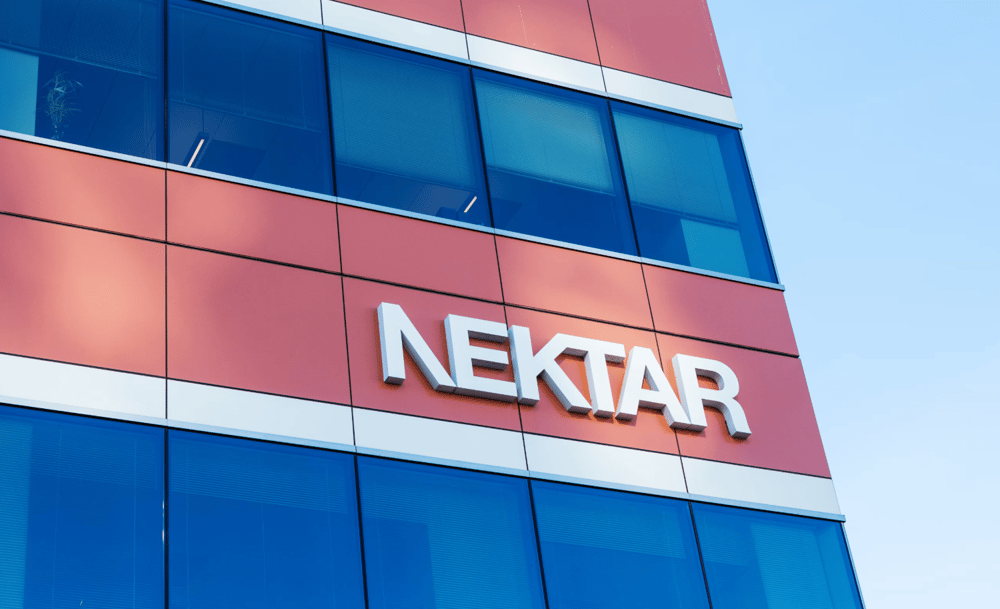Telehealth vs. Pharma: How Weight Loss Drug Trends Are Reshaping the Wellness Market After WeightWatchers’ Fall
The wellness and healthcare sectors are undergoing a major transformation driven by the meteoric rise of weight loss drugs like Wegovy and Zepbound. Once synonymous with structured dieting programs, the industry has pivoted sharply toward pharmacological solutions, leaving traditional players like WeightWatchers reeling. The company's recent bankruptcy filing underscores the seismic shift in consumer behavior and the growing dominance of GLP-1-based medications in the fight against obesity.
WeightWatchers' decline reflects broader challenges facing legacy wellness companies, particularly as newer telehealth startups attempt to capitalize on the drug-led approach to weight management. However, these digital disruptors now face their own headwinds as regulators crack down on off-brand versions of blockbuster weight-loss drugs.
Disruption Meets Regulation: A New Crossroads for Telehealth
While companies like Teladoc Health $TDOC and other emerging digital health platforms have ridden the wave of popularity surrounding GLP-1 receptor agonists, they are now encountering intensified scrutiny. The U.S. Food and Drug Administration (FDA) has begun tightening its oversight of compounded and unapproved versions of drugs like Novo Nordisk’s Wegovy $NOVO-B.CO and Eli Lilly’s Zepbound $LLY. These formulations, often sold at a lower cost, have become staples in the offerings of some telehealth companies.
The tightening regulatory landscape presents a double-edged sword: while it protects consumers from potentially unsafe alternatives, it also threatens the accessibility and pricing structures upon which many young telemedicine businesses have built their models. Analysts suggest that without alignment with major pharmaceutical companies, these startups may struggle to maintain growth and trust among both users and investors.
Key Industry Dynamics at Play
Pharmaceutical Dominance: The success of name-brand drugs like Wegovy and Zepbound is marginalizing traditional wellness models.
Bankruptcy Warning Signal: WeightWatchers’ downfall signals a need for modernization or strategic partnerships in the wellness space.
Regulatory Crackdown: The FDA’s focus on unapproved weight-loss drug versions could destabilize smaller telehealth players.
Pricing Pressure: Low-cost alternatives are vanishing, challenging the affordability narrative for consumers.
Strategic Collaborations: Survival may depend on formal agreements between telehealth providers and pharmaceutical giants.

Building the Future: Strategic Options for Telehealth Innovators
Pursue Pharmaceutical Alliances Forming partnerships with companies like Novo Nordisk or Eli Lilly may ensure access to authorized drug supply channels and reinforce credibility.
Invest in Compliance Infrastructure Enhancing internal regulatory oversight and ensuring adherence to FDA standards can mitigate legal risks and protect long-term growth.
Diversify Beyond Weight Loss Drugs Broadening service offerings to include mental health, chronic disease management, or digital therapeutics can reduce dependency on GLP-1 medications.
Focus on Patient Retention Through Education Providing science-based support and transparent communication about medications can differentiate services in a crowded market.
Leverage Data for Personalized Treatment Using AI and machine learning to tailor wellness plans around individual metabolic profiles may offer a competitive edge.
Consolidation Ahead? Sector Faces Inflection Point
The wellness landscape has irrevocably changed. With the collapse of a legacy player and rising pressure on newcomers, the path forward hinges on adaptability. Telemedicine providers that embrace pharmaceutical collaboration, invest in regulatory alignment, and diversify their business models may not only survive but help shape the future of healthcare delivery.
The stakes are high, and the industry is at a strategic inflection point where alignment with pharmaceutical innovation appears not just beneficial—but essential.















Comments